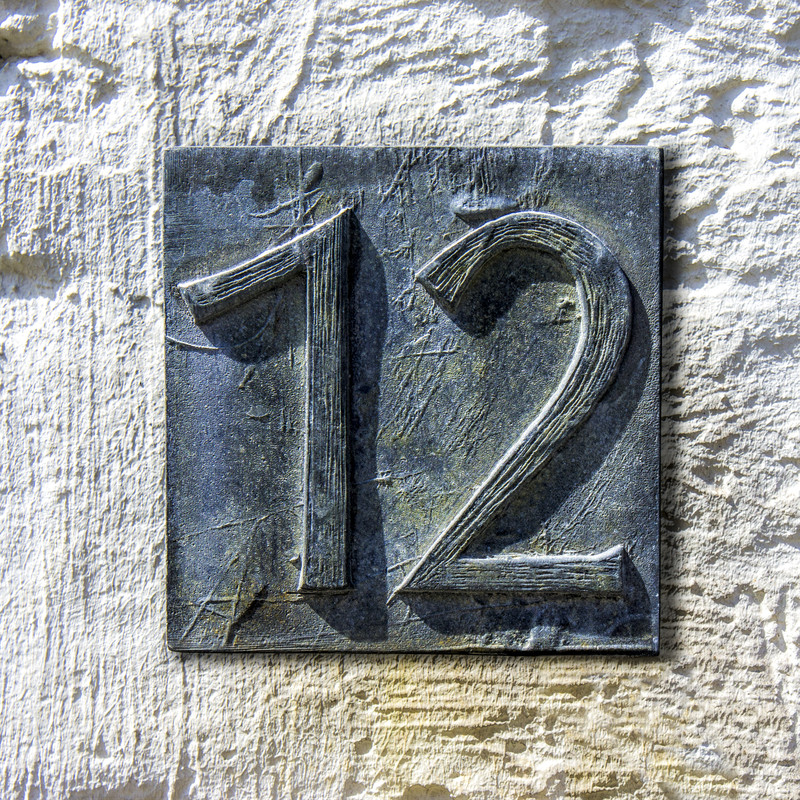Do you think you'll need to know how to multiply by 12 or 11 more? Think of it this way: how often do you need to figure out how many dozen you need of something? It comes up a lot more than needing to know how many batches of 11, doesn't it? That's because of the way we've decided to group things mathematically as a society.
Here's why: We picked 12 based on how we used to count on our fingers using the "finger segment" system. If you look at your hands, you'll notice that your index finger has three segments to it. So does your middle finger, ring finger, and pinkie. Since you have four fingers, you actually have 12 sections for counting with (we're not including your thumb, which is the pointer... your thumb rests on the section you're currently on). When your thumb touches the tip of your index finger, that means "1". When your thumb touches the middle segment, that's "2", and the base segment is "3". The tip of your middle finger is "4", and so on. That's how we came to use the 12-in-a-batch system.
If you're wondering why we didn't use the 24-in-a-batch system (because you have two hands), that's because one hand was for 1-12 and the second hand indicated the number of batches of 12. So if your left hand has your thumb on the ring finger's base segment (9) and your right hand has the thumb touching the index finger's middle segment (2 complete batches of 12, or 2 x 12), the number you counted to is: 24 + 9 = 33.
Fortunately we now have calculators and a base-ten system, so this whole thing worked out well. But still the number 12 persists! So I thought you'd like this video, which expands on the idea of quickly multiplying two-digit numbers and three-digit numbers by eleven. This is very similar to the shortcut used when multiplying by eleven, but it also involves some doubling. Are you ready?


Yes – that’s right! Can you figure out how to modify this technique so that it works with a 2-digit number? 🙂 I bet you can!
Do you multiply a 2 digit number by 12 in this ame manner?